It took a little longer to get
out of Cairo today than normal, so we were just a little late getting to the
site today. We set up our canopies and Dr. Evans began an osteology field
school. He had a packet he had created to teach them about the basics of
osteology, and a container of excellent specimen bones that he uses as he
teaches them how to identify gender, age, height, etc.
Dr. Evans spent the whole day
in instructing them. They would process some of the burials we had already
found, and then, as we found new burials they would come see them in situ and
then analyze them as they were excavated. These inspectors are very sharp, and
learned very quickly. Dr. Evans felt like they were doing very well by the end
of the day. As I spoke with them they told me that they had learned a lot. They
universally thought Dr. Evans was a great teacher. I guess he still has them
fooled.
We had an excellent day in
excavating the cemetery. We immediately found another semi-vaulted burial just
east of the two that we excavated yesterday. This was for a child, and was not
vaulted, but bricks were laid over it in a similar manner. Measuring the bricks
revealed that they were made from the same mold as the two adults who had been
in the vaulted burials. Each of these three had something unique about it, but
they were all similar to each other. We have never found anything like it in
the past. I would love to do some DNA analysis to determine whether they are
related or not. The fact that these three were all buried next to each other in
this similar fashion suggests that they were buried together and perhaps
related. Why they would use this different style burial is a question we cannot
answer now.
We also found a cluster burial. Two
adults and two children all well wrapped and well preserved buried all
together. Again, perhaps a family, perhaps people who knew each other that fell
prey to disease or an accident. They were beautiful burials. So many people
with stories I don’t know but wish I could. As I have said before, the child
burials are always hard on me.
One burial had a lot of long,
curly blonde hair. The pelvis looked like that of a female. She must have had
quite the head of hair in her day. Quite a few of our mummies today had
excellent teeth, something that is unusual. One wonders if it is genetics that
caused a group that may be related to each other to have better teeth than the
norm. Of course we don’t know that they are related just because they are
buried near each other, but throughout the history of the world it is common
for families to be buried near each other. It seems likely, but we cannot
assume.
We have also begun noting hand
and arm position in burials. The most common position in this square, besides
just having arms to the side, is to have one arm bent at a 45 degree angle so
that the hand goes over the abdomen, and the other bent at less of an angle, or
sometimes just at the wrist, so that the hand covers the pelvis. When we are
done I will gather the statistics and see how common this is. Perhaps we have
enough information in other field books to see if this is a common trend.
Interesting stuff.
Meanwhile, back at Mustafa’s
ranch, Lincoln and David went to Kom Aushim again because Lincoln really wanted
to get another look at one of the inscriptions he has been working on. He
thought that spending an hour there would be enough, but it must have taken
them about three based on the email we got from them. David said that Lincoln
was as happy as a clam, assuming that clams are happy. I think it has been a
very fruitful trip for Lincoln.
We reached gebel throughout the
square by the end of the day. We had to stay about 45 minutes later than they
like, but we finished. This is good because we have a lot of work to do
analyzing these burials. The square we were working in was already partially
excavated, and we excavated 45 mummies this season. That is a lot, it was a
dense area. There was not much in the way of grave goods or textiles, but there
were more interesting practices than usual, with three examples of one unique
practice (the vaulted burials) and one of another unique practice (two people
buried together facing different directions). It has been very fruitful, but
our work is cut out for us for the next while. Still the excavating aspect is
done.
















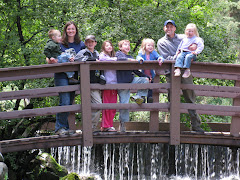

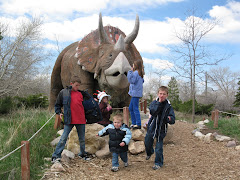
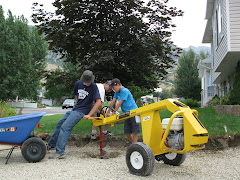
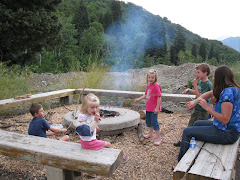
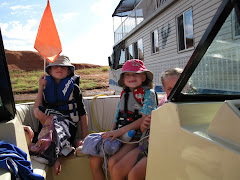





No comments:
Post a Comment